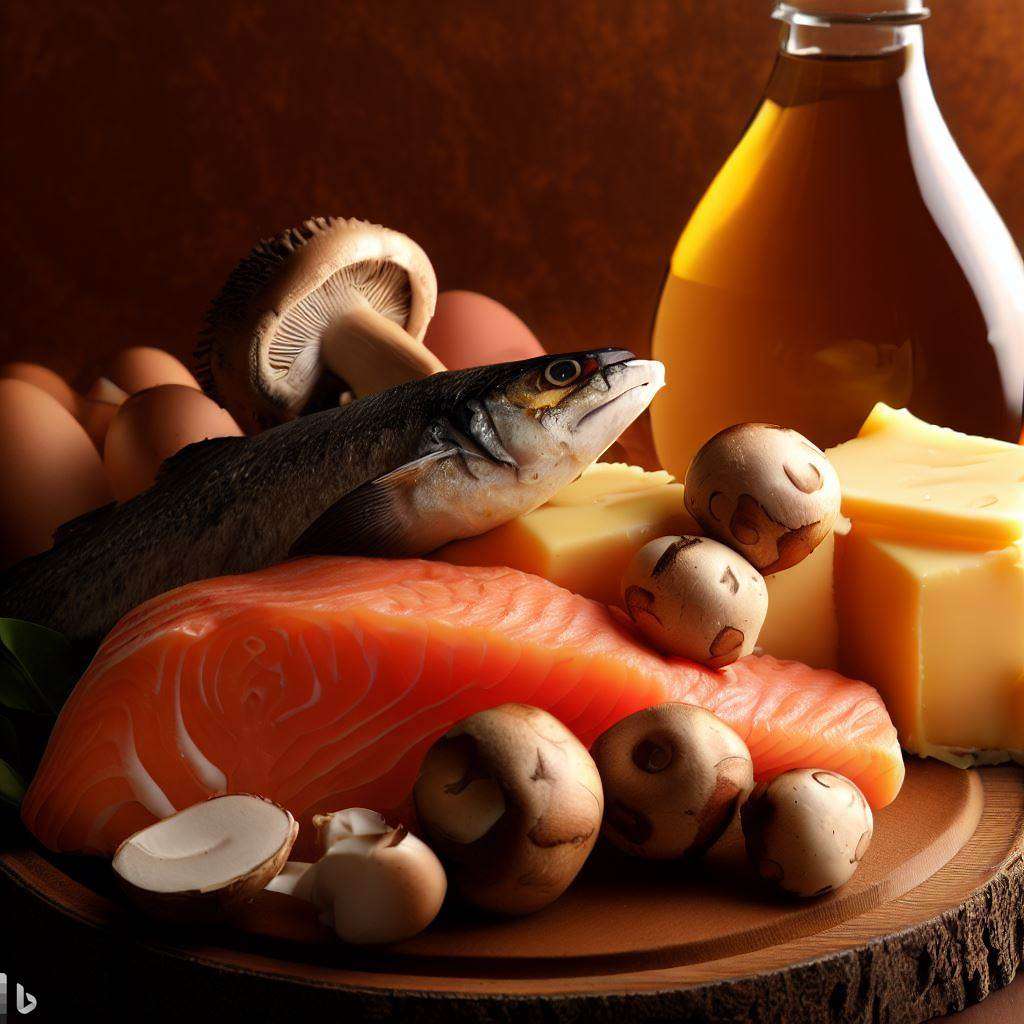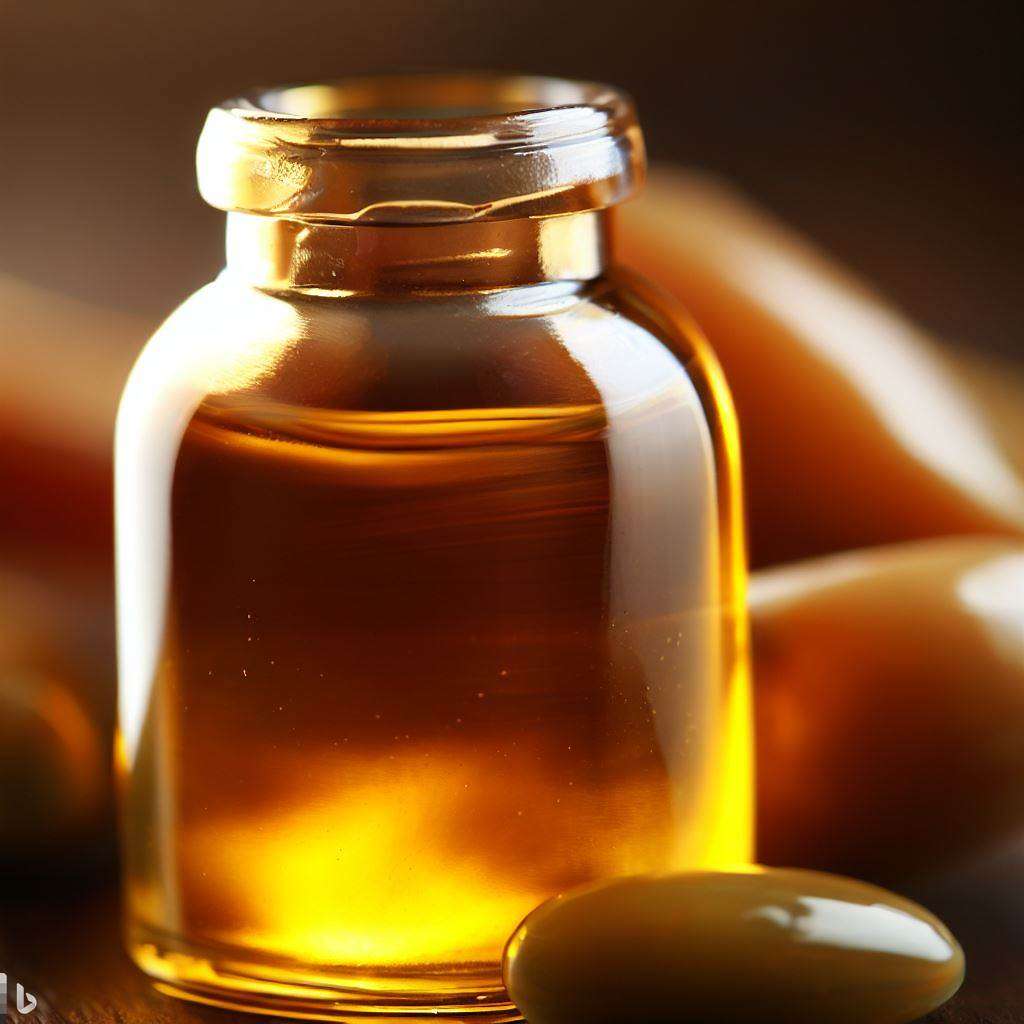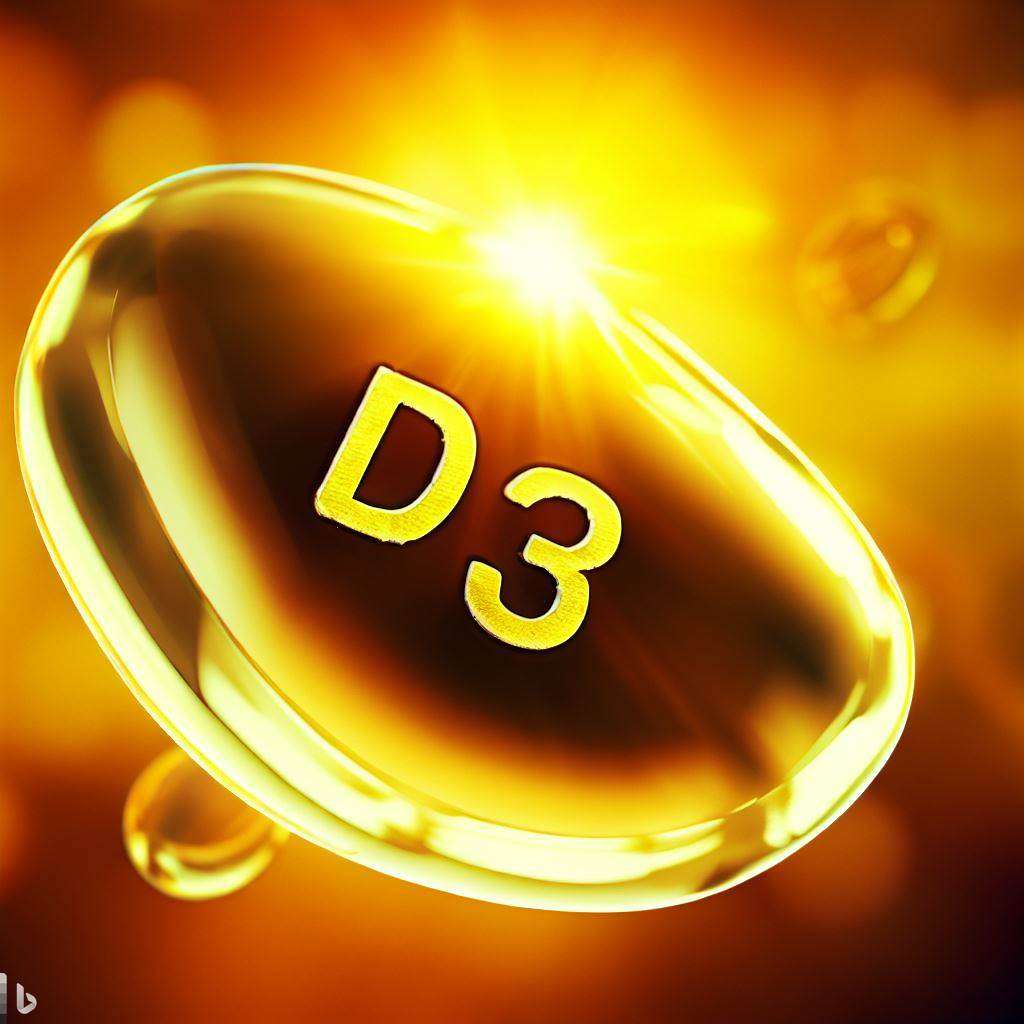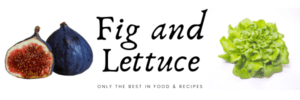Vitamin D3 Foods – The Top 5 Foods

Vitamin D3 Foods
The primary synthesis of vitamin D3 occurs in the skin upon exposure to sunlight. However, a few foods do contain vitamin D3. There are only a few natural food sources that contain vitamin D3, but you can obtain it from specific dietary sources. Here are some examples:

1. Fatty Fish:
Fatty fish are known for being excellent sources of vitamin D3. Salmon, for example, is a popular choice that provides approximately 450-600 IU of vitamin D3 per 3.5-ounce (100-gram) serving. Mackerel offers a similar amount, while trout and tuna provide slightly lower levels. Regular consumption of these fish can contribute significantly to your vitamin D intake.
Fatty fish are indeed excellent sources of vitamin D3. Salmon, mackerel, trout, and tuna are commonly known for their vitamin D content.
Salmon is a popular choice and provides approximately 450-600 IU (International Units) of vitamin D3 per 3.5-ounce (100-gram) serving. This amount can vary depending on the specific type of salmon and its origin.
Mackerel offers a similar amount of vitamin D3 as salmon. Making it another great choice for boosting your vitamin D intake. Like salmon, the precise vitamin D content can vary slightly based on the specific species and origin of the mackerel.
Trout and tuna also contain vitamin D3, although their levels are slightly lower compared to salmon and mackerel. The vitamin D content can vary depending on the type of trout or tuna and its preparation.
Regular consumption of these fatty fish can indeed contribute significantly to your vitamin D intake. Vitamin D is an essential nutrient that plays a vital role in various functions of the body. Including maintaining bone health, supporting the immune system, and promoting overall well-being.
However, it’s worth noting that individual vitamin D needs can vary. Other factors such as sun exposure and dietary choices also influence your vitamin D levels.

2. Cod Liver Oil:
Cod liver oil is derived from the liver of codfish and is widely recognized for its high vitamin D3 content. It is available in liquid or capsule form as a dietary supplement. Just one tablespoon of cod liver oil can contain around 1,300-1,400 IU of vitamin D3. This much can exceed the daily recommended intake for most individuals. However, following the recommended dosage is essential as excessive intake of cod liver oil can lead to vitamin toxicity.
Cod liver oil is derived from the liver of codfish and is known for its high vitamin D3 content. It is available as a dietary supplement in liquid or capsule form.
Cod liver oil is particularly rich in vitamin D3. And just one tablespoon of cod liver oil can contain around 1,300-1,400 IU of vitamin D3. This exceeds the daily recommended intake for most individuals, which is typically around 600-800 IU for adults. Although specific recommendations may vary based on age, sex, and other factors.
Dosage
While cod liver oil can be a convenient source of vitamin D3, it is important to follow the recommended dosage instructions. Excessive intake of cod liver oil can lead to vitamin toxicity, particularly vitamin D toxicity. Vitamin D toxicity can cause symptoms such as nausea, vomiting, weakness, excessive thirst, and an increased risk of calcium buildup in the body.
If you are considering taking cod liver oil as a supplement, it is advisable to consult with a healthcare professional or a registered dietitian. They can provide guidance on the appropriate dosage based on your individual needs, and help ensure you are not exceeding safe levels of vitamin D intake.
It’s also worth noting that while cod liver oil is a rich source of vitamin D3, it also contains high levels of vitamin A. Therefore, if you are taking cod liver oil as a supplement, it’s important to consider your overall vitamin A intake from other dietary sources to avoid excessive vitamin A consumption.

3. Egg Yolks:
Egg yolks do contain some vitamin D3, but the exact amount can vary. On average, a large egg yolk provides about 40 IU of vitamin D3. However, it’s worth noting that most of the vitamin D content is concentrated in the yolk, and the egg white contains minimal amounts.
Remember that the vitamin D content of eggs can be influenced by many factors. Such as the hen’s diet and exposure to sunlight.
Most of the vitamin D in eggs is concentrated in the yolk, while the egg white contains minimal amounts. This is because vitamin D is a fat-soluble vitamin, and the yolk contains most of the fat.
However, it’s important to note that the vitamin D content in eggs is relatively low compared to other sources like fatty fish or cod liver oil. Relying solely on egg yolks for sufficient vitamin D may not meet your daily requirements. Consider other factors like sun exposure and fortified foods to ensure an adequate vitamin D intake.
Maintaining a varied and balanced diet is always recommended to meet your nutritional needs.

4. Cheese:
Cheese: While cheese is not typically considered a significant source of vitamin D3, some varieties do contain modest amounts. Swiss cheese is known to have a relatively higher vitamin D content compared to other types. Cheddar cheese is another option that provides some vitamin D3, albeit in smaller quantities. The exact amount can vary between brands and types of cheese.
Cheese contains small amounts of vitamin D3, although it does not generally serve as a significant source. Factors such as the type of cheese, production process, and fortification practices can influence the content of vitamin D3.
Swiss cheese, in comparison to other types of cheese, often boasts a relatively higher vitamin D content. However, the specific amount remains relatively low. Cheddar cheese also contributes some vitamin D3 but in smaller quantities.
Fatty fish or cod liver oil, are known as more substantial sources. containing a much higher concentration of vitamin D3 compared to cheese. Therefore, while cheese can contribute to overall nutrient intake, it is not typically relied upon as a primary source of vitamin D3.
If your goal is to increase vitamin D3 intake, it is recommended to explore other sources such as:
Fatty fish
Fortified dairy products
Fortified plant-based milk alternatives
Sunlight exposure (stimulates natural vitamin D synthesis in the body.)
Remember, maintaining a balanced and diverse diet that incorporates a wide range of nutrient-rich foods is crucial for overall nutrition.

5. Mushrooms:
Most mushrooms have limited vitamin D3 content. However, certain types, particularly shiitake and maitake mushrooms, have the ability to synthesize vitamin D2. This occurs when they are exposed to UV light, such as sunlight or artificial sources. The vitamin D2 in these mushrooms can be converted to vitamin D3 in the body. The specific vitamin D content in mushrooms can vary. Estimates suggest that exposure to UV light can increase their vitamin D content significantly.
Various factors, such as the duration and intensity of UV light exposure, can influence the vitamin D content in mushrooms. When mushrooms are exposed to UV light, they undergo a conversion process, and the precursor compounds within them produce vitamin D2.
Shiitake and Maitake Mushrooms
Shiitake and maitake mushrooms, in particular, have been found to have higher levels of vitamin D2 compared to other mushroom varieties. However, it is worth mentioning that even these mushrooms may not provide as much vitamin D as fortified foods or direct sunlight exposure.
Estimates suggest that exposing mushrooms to UV light for a specific period can significantly boost their vitamin D content. This practice is often carried out in commercial settings or can even be done at home using artificial UV light sources. The exact increase in vitamin D content can vary depending on the specific mushroom species and the intensity and duration of UV exposure.
While mushrooms, especially shiitake, and maitake, can contribute to the overall vitamin D intake, they should not be solely relied upon as a primary source. It is still advisable to incorporate other sources of vitamin D. Such as sunlight exposure or fortified foods like dairy products and plant-based milk alternatives, to ensure an adequate intake of this important nutrient.
In conclusion, while most mushrooms have limited vitamin D3 content, certain types like shiitake and maitake have the ability to synthesize vitamin D2 when exposed to UV light. This offers an alternative source of vitamin D, although their levels may not be as high as fortified foods or direct sunlight exposure. As part of a balanced diet, incorporating various sources of vitamin D can help meet your nutritional needs.
Other Considerations
It’s important to note that the vitamin D3 content in these food sources may vary depending on various factors such as the quality of the food, the farming methods used, and the specific individual specimen.
Therefore, it is important to consider these values as general estimates. Furthermore, if you have specific dietary restrictions or preferences, it is recommended to consult a healthcare professional or a registered dietitian for personalized advice.
What is Vitamin D3?

Vitamin D3, also known as cholecalciferol, synthesizes in the skin when exposed to ultraviolet B (UVB) radiation from sunlight. Sunlight converts a specific type of cholesterol present in the skin into vitamin D3. The liver and kidneys further convert this pre-vitamin D3 into its active form.
Besides sunlight, dietary sources such as fatty fish (e.g., salmon, mackerel), fish liver oils (e.g., cod liver oil), egg yolks, and fortified food products like milk and breakfast cereals provide vitamin D3. It is also available as a dietary supplement.
Vitamin D3 is essential for various functions in the body, including the regulation of calcium and phosphate metabolism, promoting the absorption of calcium and phosphate from the intestine, and facilitating their deposition in bones, thus helping to maintain bone health. It also plays a role in supporting immune function, cell growth, neuromuscular function, and reducing inflammation.
However, it’s important to note that excessive exposure to sunlight can lead to sunburn and an increased risk of skin cancer. It is advisable to strike a balance between getting enough sunlight exposure for vitamin D synthesis and protecting the skin from excessive UV radiation by using sunscreens, wearing protective clothing, or seeking shade during peak sun hours.
It is also available as a dietary supplement.
Importance and Benefits
Vitamin D3 plays a crucial role in maintaining overall health and well-being. It is essential for the proper absorption and utilization of calcium and phosphorus, which are necessary for the development and maintenance of healthy bones and teeth. Vitamin D3 also helps regulate the immune system and has been linked to various other health benefits.
Sunlight and Vitamin D3 Production
When sunlight hits the skin, a compound called 7-dehydrocholesterol is converted into pre-vitamin D3, which is then further transformed into vitamin D3 within the body. However, sunlight exposure alone may not always be sufficient to meet the body’s vitamin D3 needs, particularly in regions with limited sunlight or during winter months. Therefore, vitamin D3 supplements are commonly recommended, especially for individuals at risk of deficiency.
Food Sources
Food sources of vitamin D3 are limited, but it can be found naturally in fatty fish (such as salmon and mackerel), fish liver oils, and egg yolks. Some foods, like milk, orange juice, and breakfast cereals, may also be fortified with vitamin D3.
Considerations and Precautions
It’s important to note that vitamin D3 can interact with certain medications, and excessive intake of vitamin D3 supplements can be harmful. It’s advisable to consult with a healthcare professional to determine the appropriate dosage and duration of supplementation based on individual needs and health conditions.
What does Vitamin D3 do for you?

Vitamin D3, also known as cholecalciferol, plays several important roles in the body. Here are some key functions and benefits of vitamin D3:
Promotes calcium absorption:
Vitamin D3 helps enhance the absorption of calcium from the intestines, which is crucial for maintaining strong and healthy bones. It aids in the regulation of calcium levels in the blood, promoting bone mineralization and preventing conditions like osteoporosis.
Supports bone health:
By working together with calcium and phosphorus, vitamin D3 helps in the formation and maintenance of healthy bones and teeth. It plays a vital role in preventing bone-related disorders such as rickets in children and osteomalacia in adults.
Enhances immune function:
Vitamin D3 supports immune system function by modulating immune responses and promoting the production of antimicrobial peptides. Adequate vitamin D levels are associated with a reduced risk of infections, including respiratory tract infections.
Regulates mood and mental health:
Some studies suggest that vitamin D3 may have a role in regulating mood and mental health. It is believed to influence neurotransmitter activity and may contribute to conditions like seasonal affective disorder (SAD) and depression.
Supports cardiovascular health:
Vitamin D3 may play a role in maintaining cardiovascular health. Adequate levels of vitamin D3 have been associated with a reduced risk of hypertension, heart disease, and other cardiovascular conditions.
Aids in muscle function:
Vitamin D3 is involved in muscle health and function. It may contribute to muscle strength, coordination, and balance, and insufficient vitamin D levels have been linked to muscle weakness and increased risk of falls.
It’s important to note that individual vitamin D3 needs can vary based on factors such as age, sun exposure, geographical location, and health conditions. It is recommended to consult with a healthcare professional for personalized advice on vitamin D3 supplementation and maintaining optimal levels.
